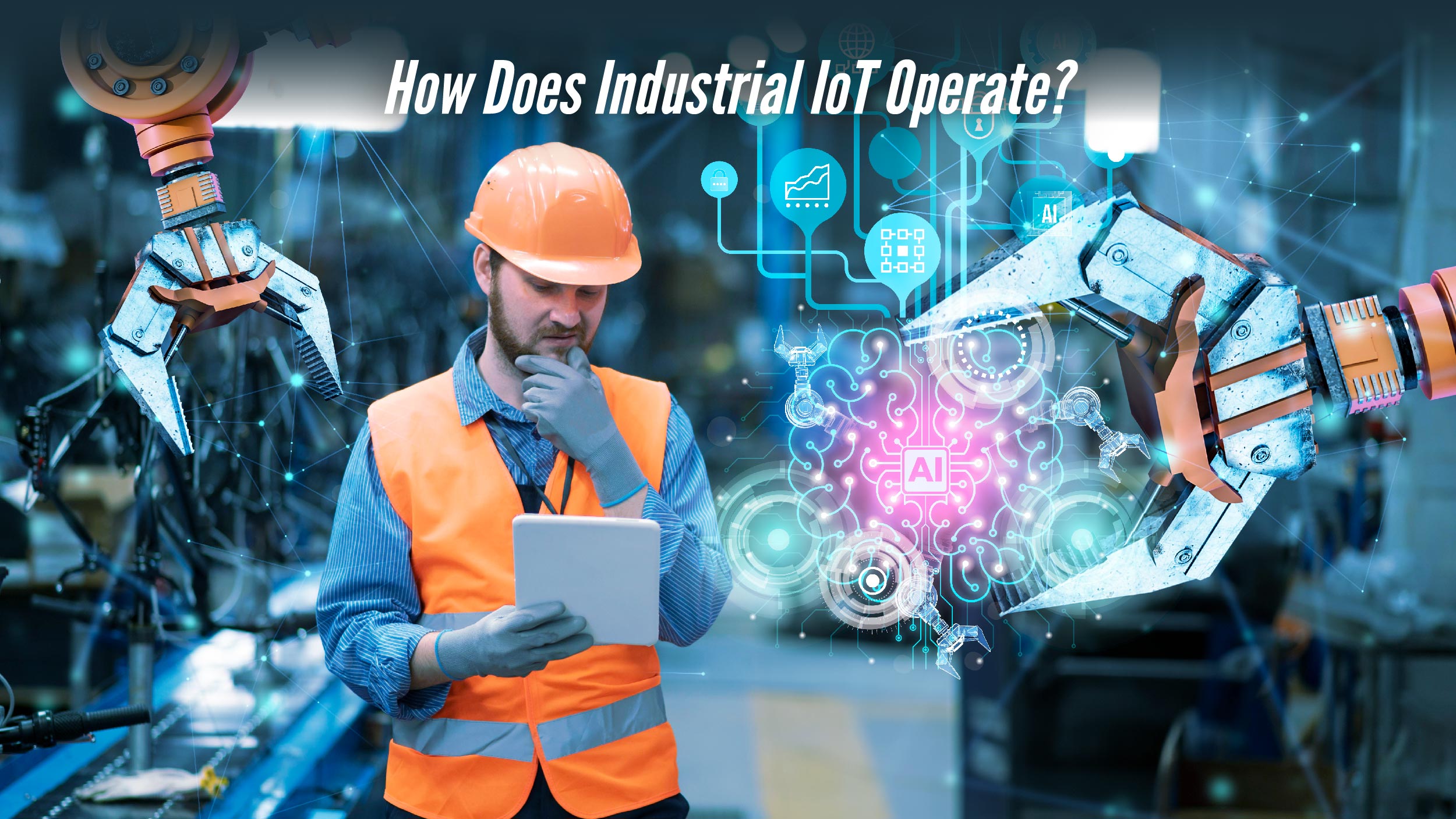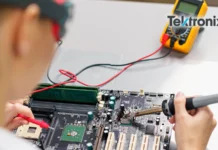The Internet of Things (IoT) is rapidly evolving and has permeated every industry. This network of interconnected devices offers myriad advantages and opportunities for businesses, regardless of their size. Analysts anticipate a promising future for IoT, projecting a market volume of $1,387 billion by 2024. Particularly in manufacturing, industrial IoT applications are indispensable.
Managing heavy machinery, assembling intricate aircraft, and monitoring millions of components are made significantly easier with industrial IoT applications. Traditional inventory management in large factories is not only laborious and time-consuming but also prone to accidents.
Consequently, companies worldwide are investing in the Industrial Internet of Things (IIoT) to enhance employee safety, boost efficiency, and gain valuable business insights. This article delves into everything about IIoT.
What is Industrial IoT (IIoT)?
The Industrial Internet of Things (IIoT), also referred to as Industrial IoT, extends the capabilities of the Internet of Things (IoT) into industrial settings. It involves the utilization of network-connected sensors and monitoring devices to enhance industrial processes, efficiency, and dependability by collecting, analyzing, and leveraging data from these devices.
IIoT empowers industries and enterprises to achieve heightened efficiency and reliability in their operations by employing machine-to-machine (M2M) communication, big data analytics, and machine learning techniques to optimize various aspects such as manufacturing and logistics. This encompasses deploying intelligent machines to gather and transmit data, detect changes in parameters like temperature or volume, automate tasks for improved efficiency, accuracy, and safety, and ensure timely, reliable, and secure operation of all processes.
How Does Industrial IoT Operate?

IIoT systems operate through a network of interconnected devices, which include data capture and storage components, communication infrastructure, and analytics solutions. This interconnected ecosystem of smart devices facilitates the tracking, processing, exchange, and analysis of vast amounts of data, enabling companies to derive meaningful insights.
Also read: Simplifying IoT Connectivity: A Comprehensive Guide for 2024
Components of an IIoT System
An IIoT system typically consists of the following components:
- Interconnected Devices: These devices capture and store information relevant to industrial processes. They include sensors, actuators, and other data-collection tools.
- Data Communication Infrastructure: This infrastructure facilitates the transfer of data between devices and centralized systems. It may include wired or wireless communication protocols such as Ethernet, Wi-Fi, or Bluetooth.
- Data Storage: IIoT systems require robust data storage solutions to store the large volumes of data generated by connected devices. This may involve cloud-based storage solutions or on-premises servers.
- Analytics Solutions: Advanced analytics tools are used to process and analyze the collected data, extracting valuable insights that can inform decision-making processes.
3 Best Industrial IoT Applications

The industrial IoT has an extensive array of applications, spanning from automation to quality control and predictive maintenance.
Automation Industry
Automation offers significant benefits in reducing repetitive tasks (up to 40%), enhancing productivity, and fostering employee satisfaction. Industrial IoT applications enable automation, thereby cutting overhead costs and minimizing human errors. By automating processes, the quality of products can drastically improve, leading to higher customer satisfaction. Additionally, automation contributes to creating safer work environments by reducing the occurrence of work-related accidents.
Predictive Maintenance
Predictive maintenance plays a crucial role in mitigating downtime, which can disrupt operations and result in substantial costs. Studies show that downtime incidents over the past few years have led to significant financial losses for many companies. Leveraging predictive maintenance through industrial IoT applications enables businesses to anticipate equipment failures before they occur. By placing IIoT sensors on machines to collect performance data, organizations can analyze this information to predict and prevent potential failures. This proactive approach helps optimize workflow and avoid costly downtime incidents.
Quality Control
Industrial IoT applications revolutionize quality control processes by providing comprehensive oversight of the entire supply chain, from raw materials to the final product. Manual quality control processes are prone to human error, leading to potential defects in products. By implementing IoT solutions, companies can automate quality control processes, reducing the risk of defects and ensuring that products meet required standards. Additionally, IoT technology can identify inefficiencies in production processes, such as waste generation, and offer insights on how to minimize them.
Undetected defects in production can have severe consequences, including damage to a company’s reputation and decreased customer satisfaction. Industrial IoT solutions help mitigate these risks by ensuring product quality and consistency throughout the manufacturing process.
Worker Safety
Ensuring the safety of workers operating heavy machinery is paramount for any industrial operation. According to the US Occupational Safety and Health Administration (OSHA), musculoskeletal disorders are among the most common workplace injuries. Industrial IoT applications offer a solution to prevent such injuries by utilizing sensors placed on workers to monitor various metrics such as perspiration, working technique, heart rate, and temperature. When these metrics deviate from the norm, managers are automatically alerted, allowing them to take preventive measures and mitigate potential hazards.
Final Takeaway
The adoption of Industrial IoT (IIoT) marks a significant transformation in the industrial sector, presenting unparalleled opportunities for heightened efficiency, live monitoring, and data-driven decision-making. By utilizing interconnected smart devices, data analytics, and instant communication, industrial IoT applications empower industries to refine processes, boost productivity, and sustain ongoing business expansion. From manufacturing to logistics, IIoT serves as a cornerstone in optimizing operations, anticipating maintenance requirements, and nurturing a dynamic and adaptable industrial framework. As industries increasingly embrace IIoT’s potential, the horizon holds promise for heightened innovation, automation, and efficiency enhancements across diverse industrial domains, ushering in a more interconnected, intelligent, and proficient industrial landscape.




